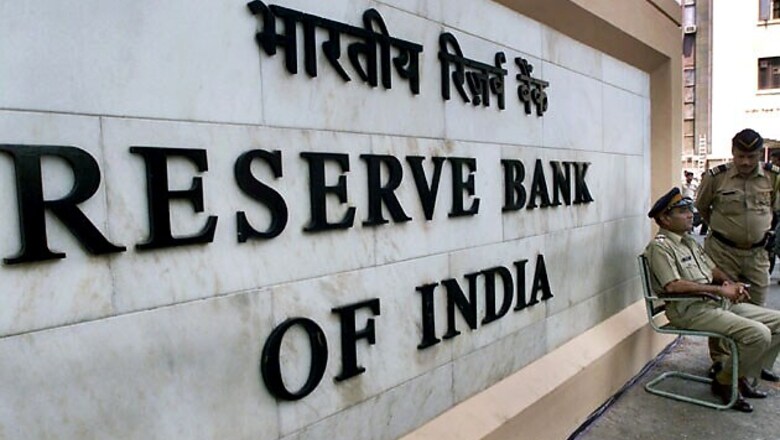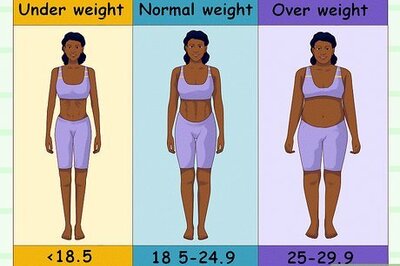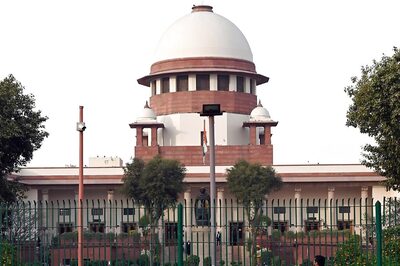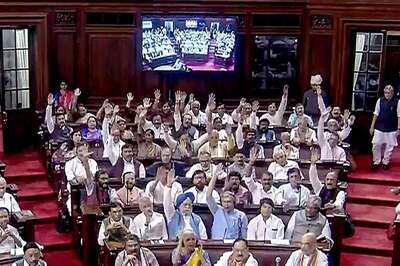
views
The Reserve Bank of India should make managing inflation its main policy objective and set monetary policy by committee, a central bank panel has recommended, a shift that would bring its practices in line with many other central banks.
The recommendations are widely expected to be accepted. They were issued late on Tuesday by the panel set up by RBI Governor Raghuram Rajan, which also recommended using consumer prices as the primary measure of price changes and setting an eventual inflation target of 4 per cent.
The reforms are aimed at making policy-setting more effective and transparent in a country that has long struggled with high inflation. Given the current high level of consumer price inflation at close to 10 per cent, the change could mean interest rates stay higher for longer.
"We believe the immediate implication for monetary policy could be a front-loaded 25 bps hike in the repo rate at the January policy meeting given that current headline inflation is significantly above the explicit 12-month target," Goldman Sachs economists wrote. If adopted, the new approach would aim to reduce consumer inflation to 8 per cent in the next year.
The central bank had been widely expected to keep its policy repo rate unchanged at 7.75 per cent at its next policy review on January 28, following a decline in wholesale price inflation.
The reforms would mark the most dramatic change implemented by the 50-year-old Rajan, a high-profile former chief economist at the International Monetary Fund, who took office on September 4 with an ambitious agenda and amid high expectations.
"This is one of the most important steps taken by RBI in at least the last 15 years, when we moved away from money supply targeting to repo, reverse repo," said Samiran Chakraborty, head of research at Standard Chartered Bank in India, referring to the current policy rates.
"Since then, there has been no proper revamp in the monetary policy framework, while the economy has moved into a different inflation, growth trajectory," he said. "The world has become more integrated."
In its 130-page report, the panel recommends that managing inflation take precedence over the central bank's two other current main objectives of economic growth and financial stability.
If adopted, the RBI would use consumer price index inflation, which now stands at 9.87 per cent, as the benchmark for targeting inflation.
It would aim to pare CPI inflation to 8 percent over the next 12 months and 6 per cent in the next 24 months. Its eventual target level would be 4 per cent, plus or minus 2 per cent.
Historically, Indian policymakers have relied on the wholesale price index, which eased to a five-month low of 6.16 per cent in December, and have not set a specific target. Rather, the RBI was perceived to have a comfort zone of WPI inflation of around 5 per cent.
As expected, the panel recommended that monetary policy decisions be made by a committee, which would consist of five members including the governor, a deputy governor, the executive director in charge of monetary policy and two external members appointed by the RBI.
Currently, the RBI governor is the sole decision maker on monetary policy, though he is advised by his four deputy governors and a technical advisory committee.
Some of the proposals require legislative changes, while others can be implemented by Rajan. RBI officials were not available for further comment late on Tuesday.




















Comments
0 comment